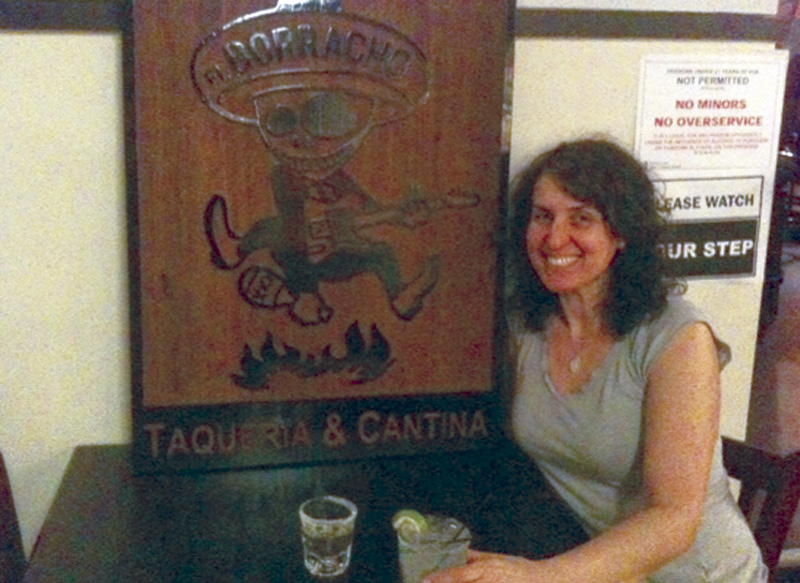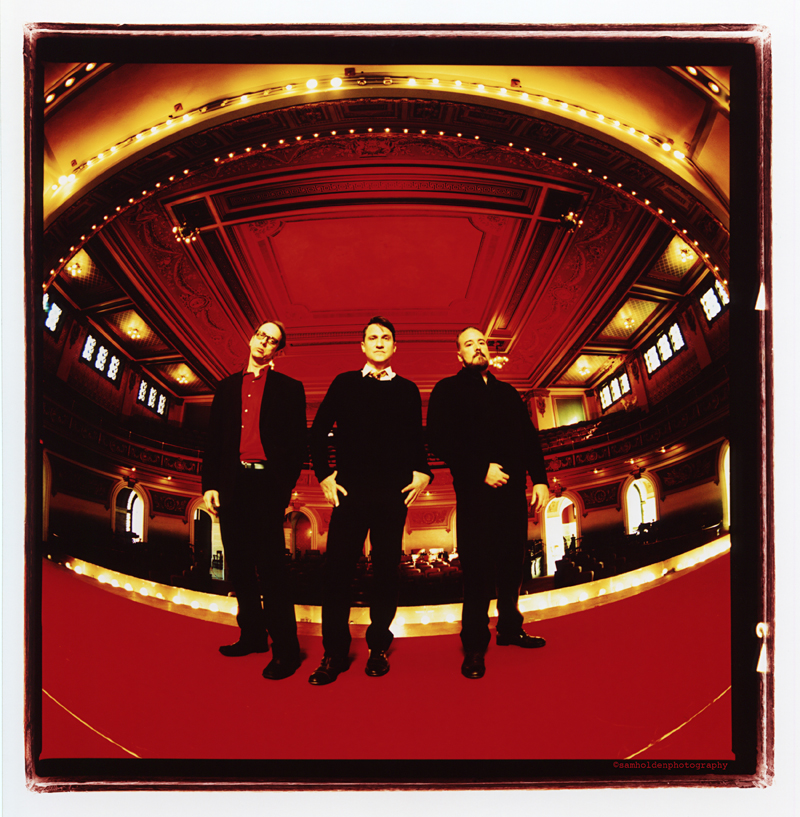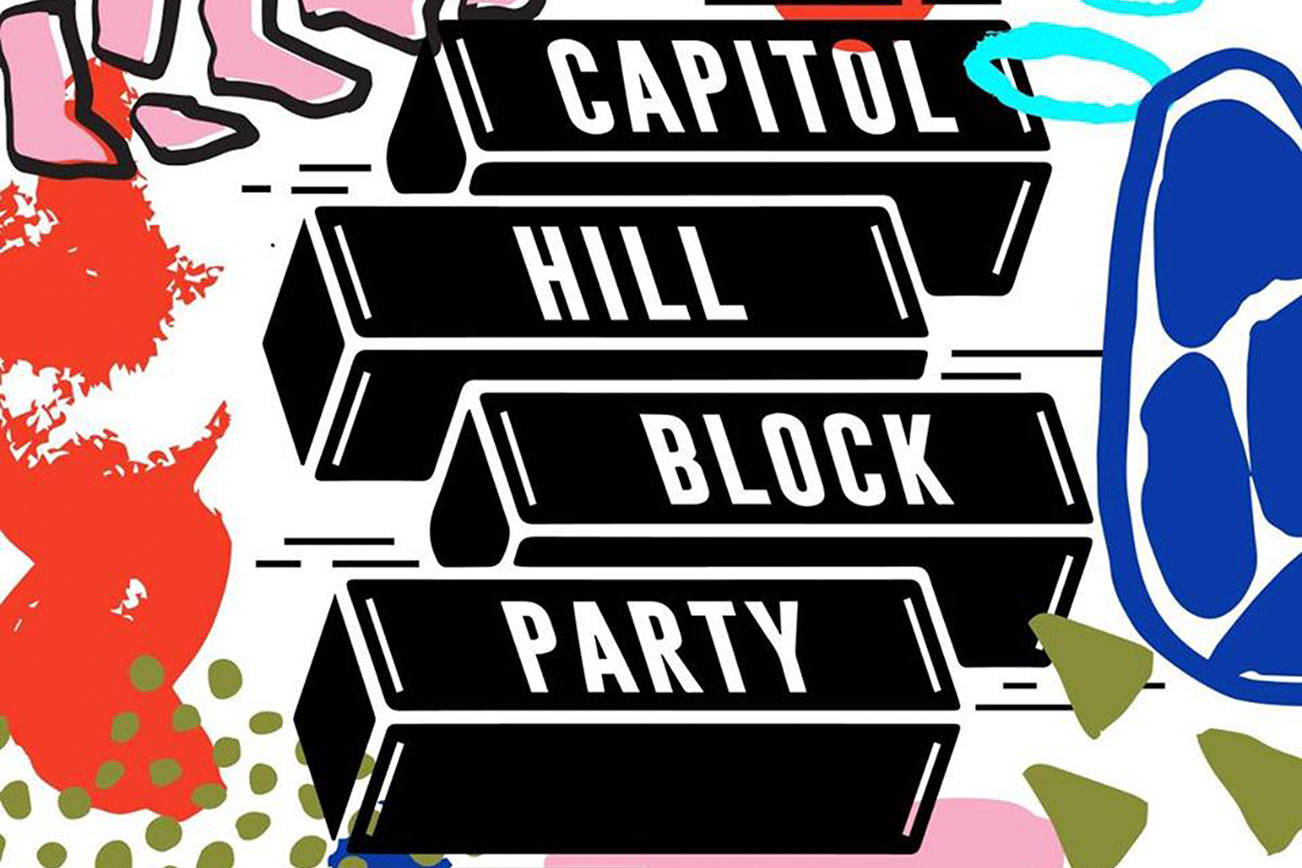Father and former Fugazi drummer-turned-filmmaker Brendan Canty has one sick child and three additional offspring clamoring for his attention throughout our phone conversation, but he’s not letting that dampen his enthusiasm for discussing the Seattle installment of his Burn to Shine film series on DVD (available on Feb. 19 via www.trixiedvd.com and at local independent record and video stores through Touch & Go Records distribution).
Prior to this phone conversation, Canty told me via e-mail that lauded documentarian Jem Cohen is the primary reason he picked up a camera in the first place—but not for the reason many Fugazi fans might think. Though the two had worked together during the 10 years Cohen spent filming the engrossing, experimental Fugazi documentary, Instrument, it was Lucky Three, Cohen’s short film about troubled and talented Portland artist Elliott Smith, that first ignited Canty’s desire to earnestly pursue filmmaking.
“Mostly it’s just Elliott in his room, playing his songs into one microphone,” says Canty. “Kill Rock Stars was using it as a promotional film, and it wasn’t earth-shattering…but it was very beautiful. After Elliott died, I rewatched it. What really struck me was the directness of the performance…watching someone present his craft into one microphone and realizing that you were witnessing the pure source. There’s no trickery here—nothing but a man and a microphone.”
That seed of inspiration came to fruition when a friend of Canty’s offered up a soon-to-be-demolished home in Portland as a set for either a party or performance of his choice. He ended up filming a gathering of Portland musicians, including Sleater-Kinney, Mirah, the Decemberists, and the Shins, and coming up with the Burn to Shine manifesto: (1) Gather bands on one day in a house that will be destroyed. (2) All bands play one song each and play it twice. (3) No overdubs. (4) Film the destruction. (5) Edit and display in chronological order.
“The idea was trying to do something to capture the impermanence of the situation. I was thinking of it more like a time capsule—to curate a portrait of one moment and find its worth later. I really don’t think these films are meant for consumption today, honestly,” he says, laughing, while wrestling with the straps on his daughter’s car seat. “I think they are going to be a lot more interesting in 20 years.”
In the case of Seattle, the job of curating a dozen-plus bands to play in a doomed Phinney Ridge home last winter fell to Death Cab for Cutie’s Ben Gibbard, whom Canty told about the project when DCFC played a concert in D.C. Gibbard was immediately enthusiastic, recruiting Kinski, Jesse Sykes and the Sweet Hereafter, Tiny Vipers, Blue Scholars, Eddie Vedder, Minus the Bear, the Cave Singers, and seven other artists he felt exemplified the best Seattle had to offer at the time. “Man, I talked to the guy on a Tuesday morning, and by the next evening he had 99 percent of the booking done,” says Canty of Gibbard’s rapid response.
“I was honored that he asked me [to curate], and pretty much everyone I called said ‘yes’ right away,” says Gibbard. “I say that’s more a testament to Brendan and his legacy and the reputation the Burn to Shine series has than me calling.”
Canty is quick to point out that it was not just speed but spirit that made Gibbard such a valuable part of the process. “He made it very effortless. He’s a fan of all these bands, and that’s exactly the energy I gravitate to when I make these films. We’re really just a conduit for the curators to share their vision of their city.”








